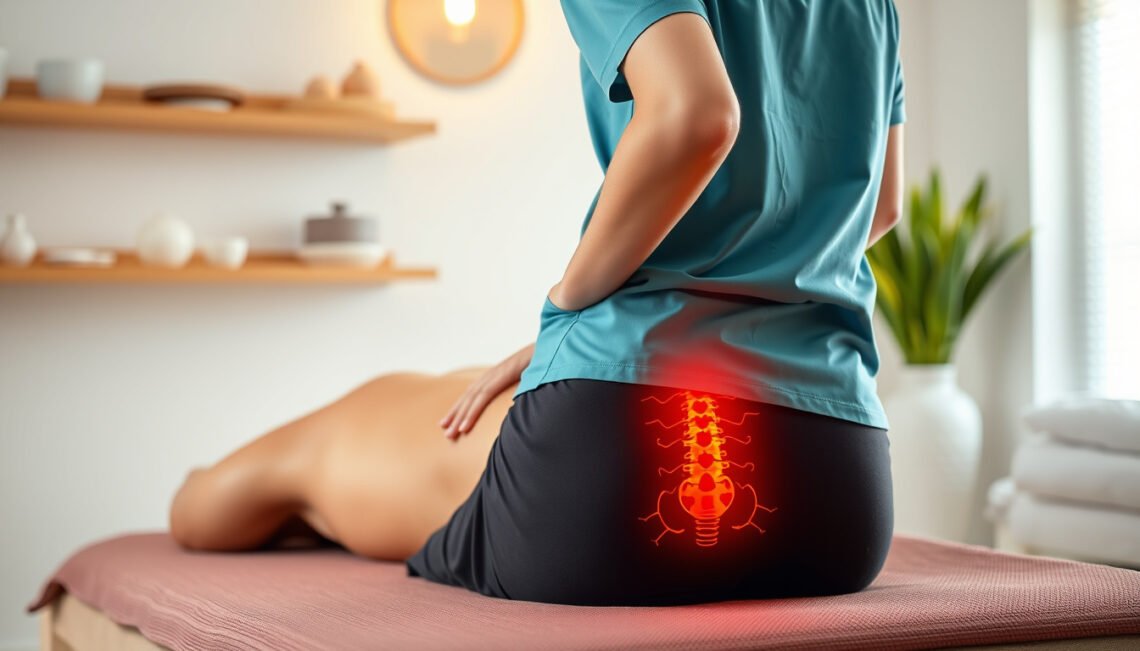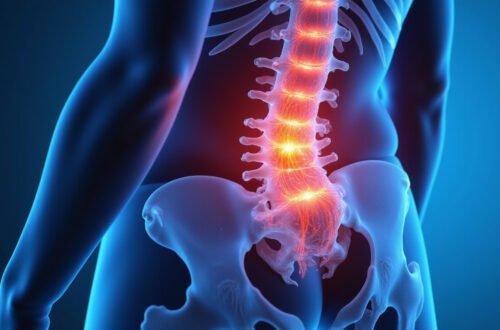Sciatica is a common condition that affects millions worldwide, often causing sharp, radiating pain along the sciatic nerve, which runs from the lower back down through the legs. Managing this pain can be challenging, but one effective approach that many find beneficial is sciatica massage. Sciatica massage techniques aim to relieve muscle tension, improve blood flow, and ultimately reduce nerve irritation, leading to better mobility and decreased discomfort. This article explores some of the most effective sciatica massage methods, how they work, and why incorporating these techniques might be essential for your pain management plan.
Understanding Sciatica and the Role of Massage
Before diving into specific sciatica massage techniques, it’s important to understand what sciatica entails. Sciatica typically results from compression or irritation of the sciatic nerve, often caused by herniated discs, spinal stenosis, or muscle spasms in the lower back or buttocks. Symptoms include pain, numbness, tingling, and weakness radiating from the lower back to the legs.
Massage therapy focuses on the soft tissues—muscles, tendons, and ligaments—that surround the sciatic nerve. By releasing muscle knots and reducing inflammation in these areas, massage can ease the pressure on the sciatic nerve. Additionally, massage promotes circulation and enhances the flexibility of muscles and joints, contributing to improved mobility.
Top Sciatica Massage Techniques to Try
There are several massage techniques that can specifically target areas influenced by sciatica pain. Here are some of the most commonly used and effective sciatica massage approaches:
1. Deep Tissue Massage
Deep tissue massage uses firm pressure and slow strokes to reach deeper layers of muscle and fascia. This technique helps break down adhesions and muscle knots that may be compressing the sciatic nerve. Concentrating on the lower back, hips, and gluteal muscles can provide relief from chronic sciatica pain.
2. Trigger Point Therapy
Trigger points are tight knots within muscles that cause referred pain in other parts of the body. Sciatica may arise due to trigger points in muscles like the piriformis, which sits close to the sciatic nerve. Applying steady, direct pressure on these points can release muscle spasms, easing nerve irritation.
3. Myofascial Release
This technique involves gentle, sustained pressure on the myofascial connective tissue to eliminate restrictions and improve movement. Myofascial release around the lower back and buttock muscles can help reduce tension that exacerbates sciatica symptoms.

4. Swedish Massage for Relaxation
While Swedish massage is more superficial, it promotes overall muscle relaxation and blood flow. Combining soothing strokes with some deeper work can help reduce stress and muscle tightness that worsen sciatic pain.
5. Hot Stone Massage
Incorporating heated stones during massage can enhance muscle relaxation and increase blood circulation in affected areas. The warmth helps loosen tight muscles around the sciatic nerve, complementing other massage methods.
How to Perform Basic Sciatica Massage at Home
If professional massage therapy is not immediately accessible, there are safe self-massage techniques that can complement your treatment and provide temporary relief.
Steps for a simple self-massage targeting sciatica:
- Locate the Tender Areas: Identify tight spots or painful muscles, particularly in your lower back, buttocks, and upper hamstrings.
- Use a Tennis Ball or Foam Roller: Place the ball under the gluteal area while lying down and gently roll to massage the piriformis muscle where the sciatic nerve runs close.
- Apply Gentle Pressure: Press into sore spots for 20–30 seconds, then release. Avoid excessive force to prevent worsening pain.
- Massage the Lower Back: Use your hands or a massage tool to knead the lumbar muscles, focusing on releasing tension.
- Stretch Post-Massage: Follow the massage with gentle stretches like the piriformis stretch or hamstring stretch to maintain mobility.
Consult a healthcare provider before starting self-massage to ensure you’re applying safe techniques appropriate for your condition.
Benefits of Sciatica Massage for Pain Relief and Mobility
Incorporating sciatica massage into your pain management protocol offers several benefits:
- Pain Reduction: Massage reduces inflammation and muscle tightness, which directly lessens nerve pain.
- Improved Blood Flow: Enhanced circulation promotes healing of damaged tissues.
- Increased Flexibility: Massage relaxes stiff muscles, which helps restore normal movement.
- Reduced Muscle Spasms: Targeting trigger points minimizes spasms that contribute to sciatica symptoms.
- Stress Relief: Massage therapy lowers stress hormones, which can also indirectly improve pain perception.
A study published by the National Center for Complementary and Integrative Health indicates that massage therapy may be a useful supplement to conventional treatments for chronic pain conditions like sciatica (source).
Precautions and When to Seek Professional Help
While sciatica massage can be highly effective, it is important to approach it with caution:
- Avoid massage if you have an acute injury, open wounds, or infections in the affected area.
- Consult a medical professional if you experience worsening pain, numbness, or loss of bladder/bowel control.
- Rely on trained massage therapists skilled in sciatica or neuromuscular conditions for complex cases.
- Combine massage with other treatments such as physical therapy, medication, or lifestyle modifications as advised by a healthcare provider.
Sciatica Massage Techniques Summary
| Technique | Key Benefits | Best For |
|---|---|---|
| Deep Tissue Massage | Releases deep muscle knots | Chronic tightness & adhesions |
| Trigger Point Therapy | Alleviates referred pain | Localized muscle spasm |
| Myofascial Release | Restores connective tissue motion | Stiff fascia and muscles |
| Swedish Massage | Promotes relaxation and circulation | General tension |
| Hot Stone Massage | Enhances muscle relaxation | Tight muscles and inflammation |
FAQ: Sciatica Massage Techniques
Q1: Can sciatica massage cure sciatic nerve pain?
A: Sciatica massage does not cure the underlying cause but effectively relieves symptoms by reducing muscle tension and nerve irritation. It should be part of a comprehensive treatment plan.
Q2: How often should I get a sciatica massage?
A: Frequency depends on symptom severity. Many find relief with weekly sessions initially, then tapering to biweekly or monthly maintenance. Always follow your therapist’s or doctor’s recommendation.
Q3: Are there specific oils or lotions recommended for sciatica massage?
A: Soothing oils like peppermint, lavender, or arnica-infused lotions can enhance the massage experience by reducing inflammation and soreness. However, choose hypoallergenic products if you have sensitive skin.
Conclusion: Take Charge of Your Sciatica Pain with Massage
Sciatica massage techniques provide a natural, non-invasive way to manage pain and enhance mobility. Whether you opt for professional therapeutic sessions or safe self-massage methods, consistent use can significantly ease discomfort and improve quality of life. Don’t let sciatica hold you back—integrate these massage strategies into your care routine today and feel the difference. For tailored guidance, consult a licensed massage therapist or healthcare provider who can help customize the best approach for your individual needs. Start your journey toward pain relief and better movement now!






